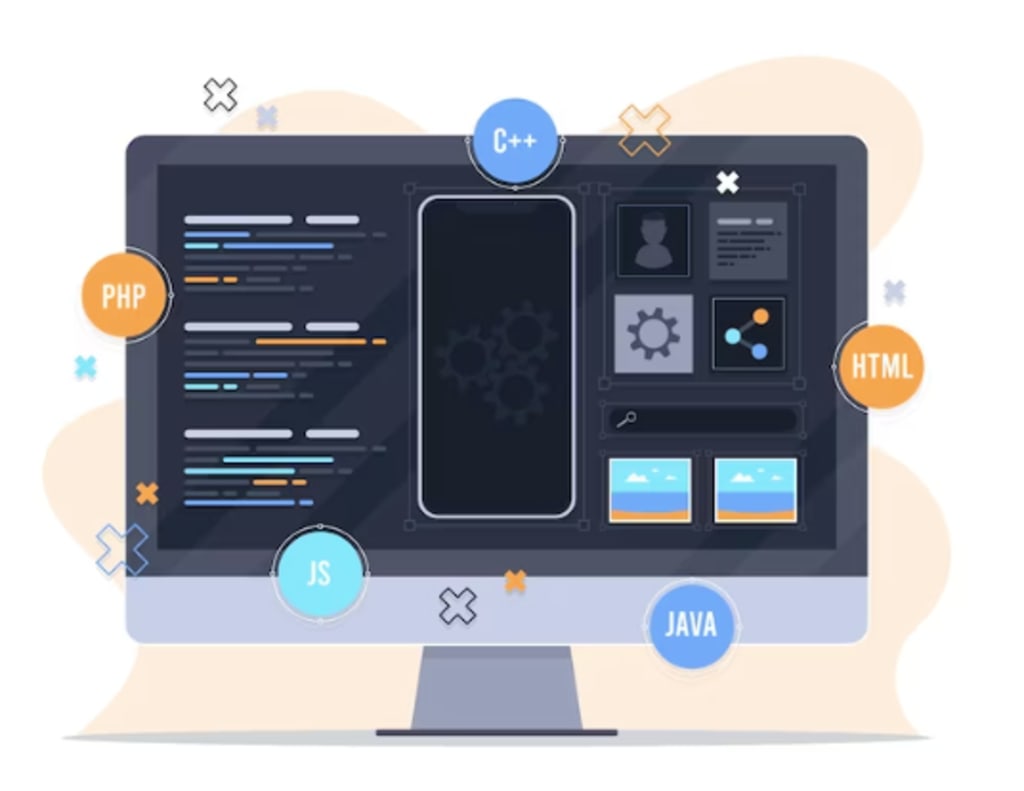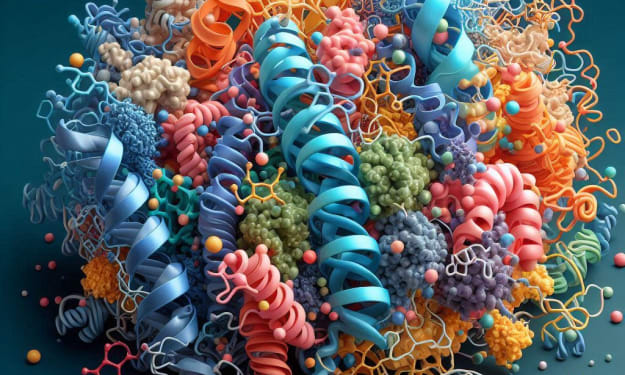Exploring different protocols in DBMS
protocols in DBMS

A database management system (DBMS) is a software system that allows users to interact with databases. There are several protocols used in DBMS that enable communication and data abstraction in the database between the database and the user. Here are some common protocols used in DBMS:
Structured Query Language (SQL):
SQL is a protocol used to interact with relational databases. It is a standard language used to create, modify, and retrieve data from databases. SQL is used by many popular DBMS such as MySQL, Oracle, and Microsoft SQL Server.
Structured Query Language (SQL) is a protocol used to interact with relational databases in a DBMS. It is a standard language used to create, modify, and retrieve data from databases. SQL provides a standardized syntax for interacting with databases, allowing users to easily manipulate data stored in a database.
SQL is used by many popular DBMS, such as MySQL, Oracle, and Microsoft SQL Server. This lock based protocol in DBMS provides a wide range of functions and commands for interacting with databases, including:
Data Definition Language (DDL): DDL is used to define the structure of a database, including the creation and modification of tables, views, and indexes.
Data Manipulation Language (DML): DML is used to manipulate data within a database, including the insertion, deletion, and modification of records.
Data Query Language (DQL): DQL is used to retrieve data from a database using SELECT statements. It allows users to specify complex queries to retrieve data from multiple tables, filter data based on specific criteria, and aggregate data using functions like COUNT, AVG, and SUM.
Transaction Control Language (TCL): TCL is used to control the transactions that occur within a database, including the management of transactions, the commit or rollback of transactions, and the setting of transaction isolation levels.
SQL provides a powerful and flexible interface for interacting with relational databases. It allows users to easily retrieve and manipulate data stored in a database and provides support for complex data analysis and manipulation. Different versions of SQL may have slightly different syntax or features, but the basic principles of SQL are consistent across all DBMS that support SQL.
Open Database Connectivity (ODBC):
ODBC is a protocol that allows a user to access data stored in a database using SQL. It provides a standard interface between applications and DBMS, enabling applications to interact with any DBMS that supports ODBC. ODBC is used by many popular programming languages, such as C++, Java, and Python.
Open Database Connectivity (ODBC) is a protocol used to access data stored in a database using SQL. It provides a standard interface between applications and DBMS, enabling applications to interact with any DBMS that supports ODBC.
ODBC consists of a driver manager and a set of drivers. The driver manager is responsible for loading and managing the drivers, while the drivers are responsible for communicating with the DBMS. The driver manager provides a consistent interface for applications, regardless of the underlying DBMS.
Applications use the ODBC API to communicate with the driver manager, which in turn communicates with the appropriate driver to interact with the DBMS. The ODBC API provides a set of functions for managing connections, executing SQL statements, and retrieving results.
ODBC is widely used by many popular programming languages, such as C++, Java, and Python. It allows developers to write database applications that can interact with any DBMS that supports ODBC, without having to worry about the specifics of the underlying DBMS.
ODBC also provides support for features such as connection pooling, which allows multiple applications to share a single connection to the DBMS, and statement caching, which allows frequently executed statements to be cached for improved performance.
Overall, ODBC provides a powerful and flexible interface for accessing data stored in a database. It allows developers to write applications that can interact with multiple DBMS, and provides support for a wide range of features to improve performance and scalability.
Java Database Connectivity (JDBC):
JDBC is a protocol that allows Java programs to interact with databases using SQL. It provides a standard interface between Java programs and DBMS, enabling Java programs to interact with any DBMS that supports JDBC.
Java Database Connectivity (JDBC) is a protocol used to access data stored in a database using SQL from Java programs. It provides a standard interface between Java programs lock based protocols in DBMS, enabling Java programs to interact with any DBMS that supports JDBC.
JDBC consists of a driver manager and a set of drivers. The driver manager is responsible for loading and managing the drivers, while the drivers are responsible for communicating with the DBMS. The driver manager provides a consistent interface for Java programs, regardless of the underlying DBMS.
Java programs use the JDBC API to communicate with the driver manager, which in turn communicates with the appropriate driver to interact with the DBMS. The JDBC API provides a set of interfaces and classes for managing connections, executing SQL statements, and retrieving results.
JDBC allows Java programs to use prepared statements, which can be compiled once and reused multiple times, improving performance. It also provides support for features such as connection pooling, which allows multiple applications to share a single connection to the DBMS, and distributed transactions, which allows transactions to span multiple databases.
JDBC is a widely used protocol for accessing data stored in a database from Java programs. It allows developers to write database applications that can interact with any DBMS that supports JDBC, without having to worry about the specifics of the underlying DBMS. It also provides a rich set of features to improve performance and scalability.
Object-Oriented Database Management System (OODBMS):
OODBMS is a protocol used to interact with object-oriented databases. It is a type of DBMS that allows users to store and retrieve data in the form of objects, rather than in the form of tables and rows. OODBMS allows users to define complex relationships between objects and provides support for object-oriented programming concepts such as inheritance and encapsulation.
These protocols are essential for communication between users and databases. They allow users to interact with data in a structured and efficient manner, enabling complex data analysis and manipulation. Different protocols may be used depending on the type of database, the programming language used, and the application requirements.
About the Creator
Enjoyed the story? Support the Creator.
Subscribe for free to receive all their stories in your feed. You could also pledge your support or give them a one-off tip, letting them know you appreciate their work.





Comments
There are no comments for this story
Be the first to respond and start the conversation.